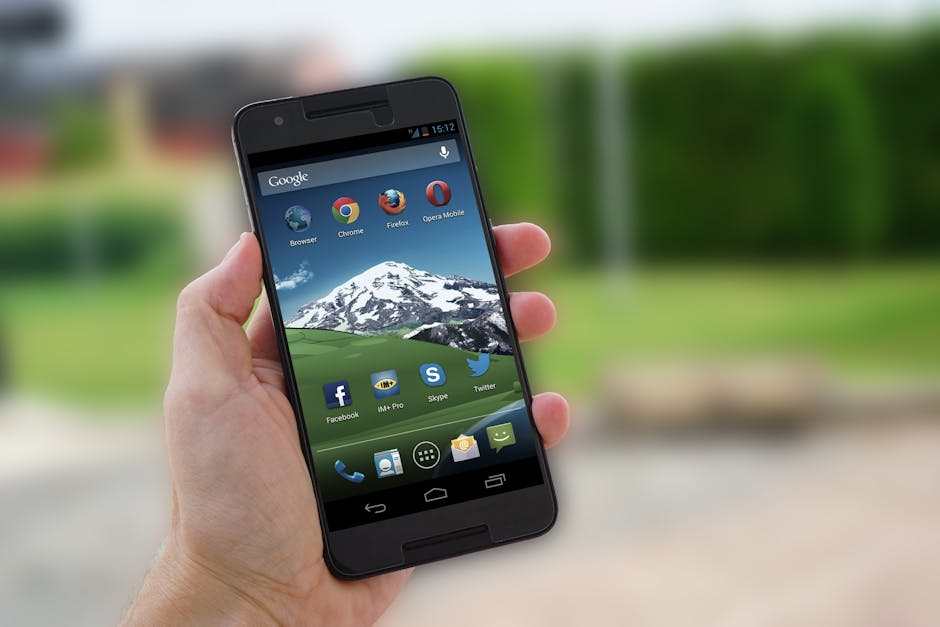How to Share Google Calendar with External Users: A Comprehensive Guide
“This guide provides step-by-step instructions on sharing Google Calendar with external users, including resource calendars. It covers the benefits of calendar sharing, permission settings, and best practices for efficient collaboration across organizational boundaries. ”

How to Share Google Calendar with External Users: A Comprehensive Guide
In today's interconnected business world, sharing calendars with external partners, clients, or contractors has become essential for seamless collaboration. Google Calendar offers robust features to facilitate this process, allowing you to share not just personal calendars but also resource calendars like meeting rooms. This guide will walk you through the steps to effectively share your Google Calendar with people outside your organization.

Why Share Your Google Calendar?
Before diving into the how-to, let's consider the benefits of sharing your calendar:
- Enhanced Collaboration: External partners can see your availability, making it easier to schedule meetings.
- Transparency: Sharing resource calendars helps prevent double-bookings and ensures efficient use of shared spaces.
- Time-Saving: Reduces back-and-forth emails for scheduling appointments.
Step-by-Step Guide to Sharing Your Google Calendar
1. Accessing Calendar Settings
- Open Google Calendar in your web browser.
- In the left sidebar, find the calendar you want to share under "My calendars."
- Click the three dots next to the calendar name and select "Settings and sharing."
2. Sharing with Specific People
- Scroll to the "Share with specific people" section.
- Click "Add people" and enter the email addresses of the external users.
- Choose the appropriate permission level:
- "See only free/busy" (hide event details)
- "See all event details"
- "Make changes to events"
- "Make changes and manage sharing"
- Click "Send" to invite the external users.
3. Creating a Shareable Link
For broader sharing:
- Under "Access permissions for events," check "Make available to public."
- Choose the level of detail you want to share.
- Copy the provided link to share with external users.

Sharing Resource Calendars
Sharing resource calendars, such as conference room setups, requires a slightly different approach:
- Go to Google Calendar settings.
- Click "Add calendar" > "Create new calendar."
- Name the calendar (e.g., "Meeting Room A") and add a description.
- Under "Share with specific people," add external users' emails.
- Set permissions to "Make changes to events" for booking privileges.
Remember, external users will book the room by adding events to the shared calendar, not through the "Rooms, etc." tab available to internal users.
Best Practices for Calendar Sharing
- Review Permissions Regularly: Periodically audit who has access to your calendars and adjust as needed.
- Use Descriptive Event Titles: When sharing with external users, ensure event titles are clear but don't contain sensitive information.
- Consider Time Zones: If working across different time zones, clearly communicate the time zone for each event.
- Integrate with Collaboration Tools: Many workplace management software solutions can integrate with Google Calendar for a more comprehensive scheduling experience.
Enhancing Collaboration Beyond Calendar Sharing
While sharing calendars is a great start, true collaboration often requires more. Consider implementing these strategies:
- Virtual Meeting Spaces: Set up dedicated virtual meeting rooms for external collaborations.
- Shared Documents: Use Google Drive to share relevant documents alongside calendar invites.
- Regular Check-ins: Schedule recurring meetings to maintain open lines of communication with external partners.

Troubleshooting Common Issues
- Calendar Not Showing for External Users: Ensure you've granted the correct permissions and that the user has accepted the sharing invitation.
- Sync Delays: Sometimes, changes may not appear immediately. Advise users to refresh their calendar if they don't see updates.
- Privacy Concerns: Be mindful of the information shared in calendar events, especially when using public links.
Conclusion
Sharing your Google Calendar with external users can significantly improve collaboration and productivity. By following these steps and best practices, you can ensure a smooth scheduling process across organizational boundaries. Remember, effective calendar sharing is just one aspect of a collaborative workspace. As you refine your processes, consider how other tools and strategies can further enhance your team's efficiency and communication.
Whether you're coordinating with clients, partnering with other businesses, or managing a distributed workforce, mastering Google Calendar sharing is a valuable skill in today's interconnected business landscape.